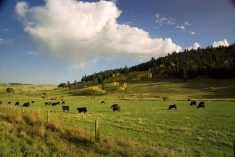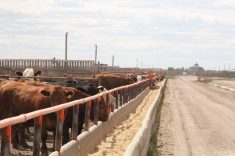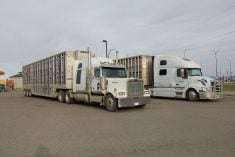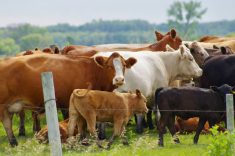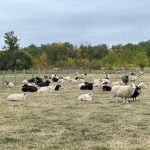Vaccines are an important tool to help minimize pre-weaning calf illness and death early in life, reduce the risk of reproductive failure in the breeding herd and help improve colostrum’s ability to protect next year’s calf crop when it hits the ground.
Vaccine technology, programs and practices are constantly evolving. All the options can be confusing, but more options can also make it easier to customize and combine those options in a way that optimally protects your herd against the diseases that are most important to you.
Dr. Cheryl Waldner and coworkers at the Western College of Veterinary Medicine studied vaccination practices from coast to coast in 2020 (Vaccine use in Canadian cow-calf herds and opportunities for improvement; DOI 10.3389/fvets.2023.1235942).
Read Also
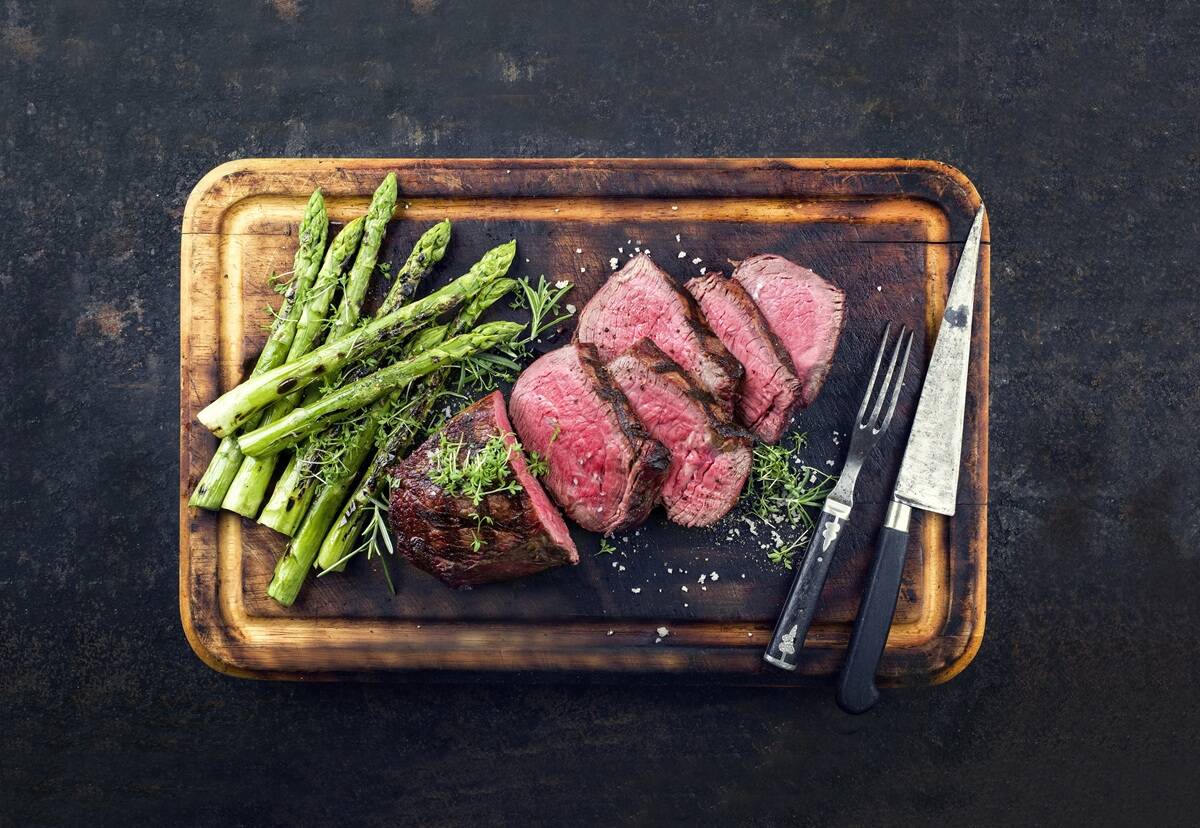
Building demand together: The impact of Canada’s beef import levy
The beef import levy has become a central tool for ensuring balance in Canada’s beef industry
What they did: Cow-calf producers from B.C. (six), Alberta (38), Saskatchewan (27), Manitoba (18), Ontario (20), New Brunswick (two) and Nova Scotia (two) were surveyed about which vaccines they used and when they were using them in different groups of cattle.
Vaccination rates have improved nationwide in recent years.
Breeding herd: Overall, nearly all producers gave cows (97 per cent), replacement heifers (95 per cent) and bulls (83 per cent) at least one vaccination in 2020. Ninety-two per cent of producers vaccinated their cows and replacement heifers against IBR, BRSV, PI3 and BVD. These “core vaccines” help protect against viruses that contribute to reproductive failure and pneumonia. Vaccination against clostridial diseases (e.g. blackleg) was less common (about 50 per cent of herds), possibly because some producers elect to use those vaccines every other year. Vaccination rates were still lower for bulls; sometimes they’re overlooked, and sometimes they’re simply less pleasant to deal with. Vaccination against foot rot was most common in bulls (31 per cent of herds), presumably because sore bulls on pasture are even less pleasant to deal with.
Nursing calves: Nearly all (99 per cent) producers gave calves at least one vaccine in 2020. Core viral vaccines against IBR, BRSV and PI3 (all 92 per cent) and BVD (78 per cent) were used most frequently. Calves were also often vaccinated against clostridial diseases (87 per cent). Vaccination against BRD bacteria (pasture pneumonia) was also relatively common (e.g. 56 per cent of herds vaccinated against Mannheimia).
But booster vaccinations were given less often (e.g. 47 per cent for IBR, BRSV and PI3, 30 per cent for BVD, 26 per cent for clostridial diseases and four to 27 per cent for BRD bacteria). The booster shot recommended by the label is essential to get the most protection the vaccine can provide. Neglecting boosters is probably about logistics — producers give vaccines when the facilities, time and labour are all available at the same time.
Other lessons: Intranasal vaccines are becoming more popular, especially for newborn calves. Injectable vaccines are largely ineffective until the antibodies from the mother’s colostrum have waned, so they are not usually given before calves are a few months old. Intranasal vaccines do not have this limitation — they provide protection even in newborn calves. But there are several things to be aware of. Intranasal vaccines provide protection earlier in life, but they may not last as long, so boosting with an injectable vaccine a few months later during spring processing is particularly important. Second, current intranasal vaccines cover three of the core viruses (IBR, BRSV and PI3) but not BVD. That means the calf still needs an injectable BVD vaccination during spring processing (when the IBR, BRSV and PI3 are being boosted). Research to identify the optimal combinations and timings of various intranasal (“mucosal”) and injectable (“systemic”) vaccines for optimal immune protection is underway.
Vaccines against clostridial diseases such as blackleg were used much more widely in Western than in Eastern Canada, even though these bacteria are a threat across the country. Western producers were also more likely to vaccinate their calves against BRD bacteria than eastern producers. BRD (pneumonia) is not just a feedlot disease; it’s also the most common reason for antibiotic treatment of calves before weaning. Vaccinating all the calves at spring processing will help reduce the number of calves you need to chase, catch, tackle, stress and treat on summer pasture.
So what does this mean to you? Work with your veterinarian to make sure that your vaccination program includes all the core vaccines and other important diseases facing your herd (or herds in your neighbourhood) and production system. They can look at the vaccines you’ve used recently and point out new alternatives that may be a better fit for your needs (e.g. killed versus modified live). Make sure they understand your entire operation so the vaccination and booster schedule fits with fieldwork, pasture turnout dates, community pastures, pregnancy checking, etc.
Bottom line: Vaccines can help your cattle resist common diseases, but they’re not a magic bullet. Vaccines won’t over- come poor management. Cattle can’t take full advantage of the protection vaccines can offer if nutrition (e.g. protein, energy, vitamins, minerals) is lacking or disease pressures are too high (e.g. excessive mud, manure or overcrowding).
Speaking of surveys; we’d really appreciate it if you could take some time to participate in the Canadian Cow-Calf Survey. This survey will help the BCRC refine our research priorities and producer extension efforts. You can find it at beefresearch.ca/survey.
The Beef Cattle Research Council is funded by the Canadian Beef Cattle Check-Off. The BCRC partners with Agriculture and Agri-Food Canada, provincial beef industry groups and governments to advance research and technology transfer supporting the Canadian beef industry’s vision to be recognized as a preferred supplier of healthy, high-quality beef, cattle and genetics.




